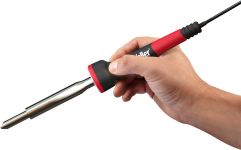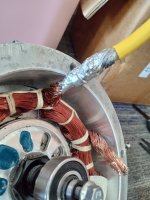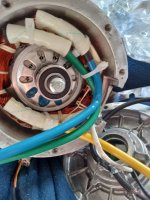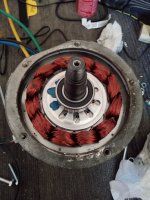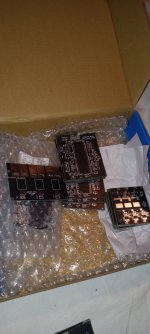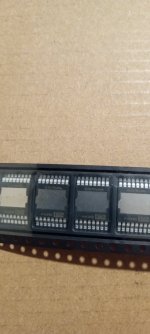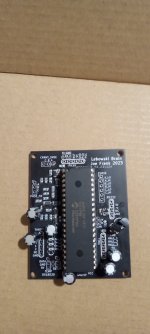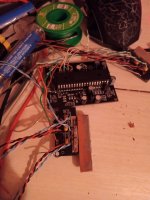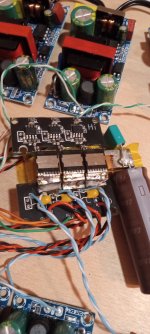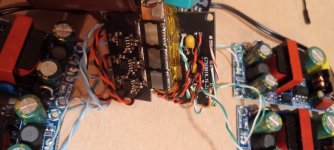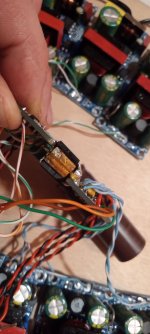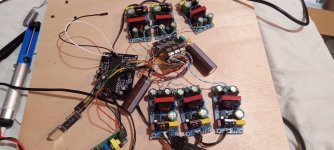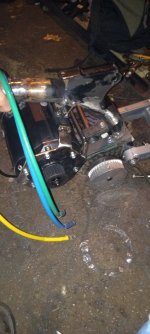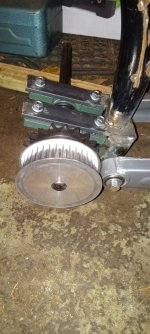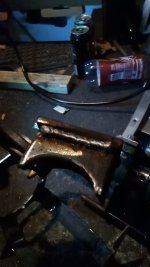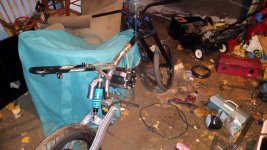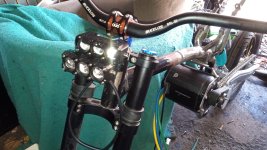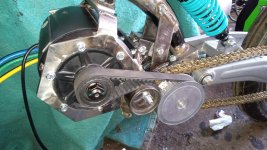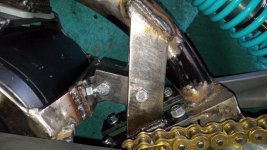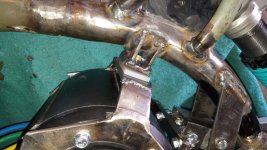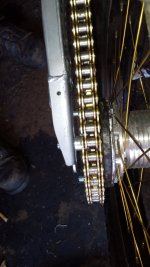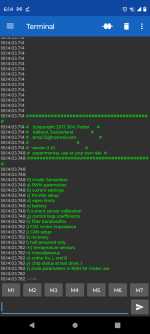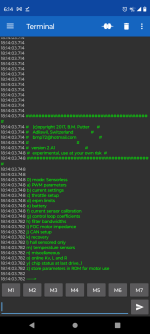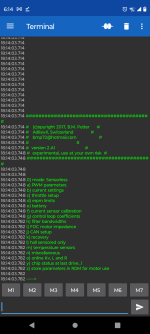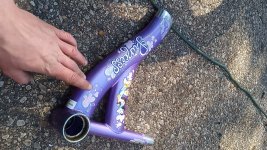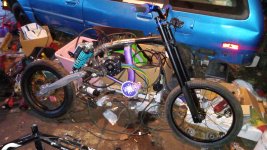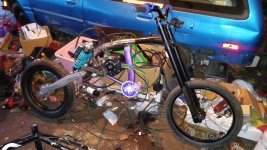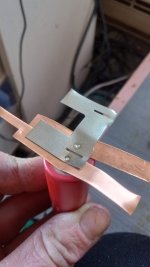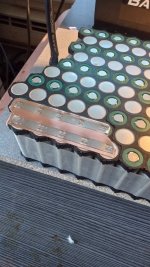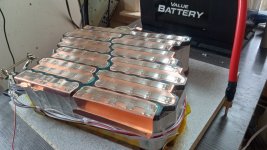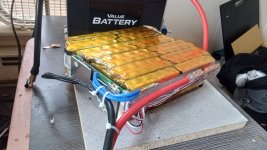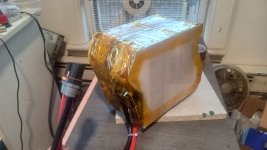I never knew that a crimp could actually be better than a solder joint. Ive had bad experiences with poorly done crimps on vehicles I've worked on in the past. I'm probably overly biased against them because of that.
I'd venture that there are more bad crimps than good ones.

The only way to know if a crimp is good is to destroy it by cutting in half to see the crossection, though you can guess it's good if it will take the full current it's rated for with no heating, and/or has only the same resistance as the wire going into it (as measured with a meter like the DE-5000 that can do microohms or less, not a normal multimeter).
I'm not confident that I can make new crimps that will be better than what I could do with a solder joint unless i buy a special tool to do so.
Hydraulic crimpers aren't cheap but if you expect to do a lot of crimps are not all that expensive and would do a great job if you use the right size and shape of die for the contact or barrel used.
Even cheap simple ratcheting crimpers like this
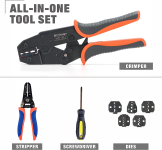
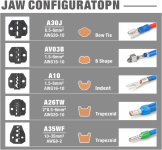
work well enough; it's what I use for heavy-gauge stuff these days. There are better ones; it was the cheapest one I could find that still did the job I needed.
I got these
Amazon.com
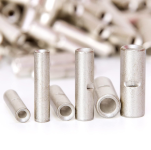
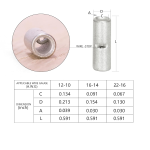
There is also the issue of solder already joining some of the magnet wires together so I'm not sure if crimping over top of those wires with solder I between would be a good idea. I suppose it might just squish the solder and still make a good connection but it could also just crack and create small voids.
In a proper crimp, the solder will just compress like the wire and become part of the metal in the joint, even though it's fractured and broken up during the crimping process.
Maybe I'm overthinking that but, at this point, I'm still planning to solder them.
You can use those butt-splicers I linked above to do this, or the method I showed; either works well enough, though the crimp should be better / lower resistance. I wouldn't fill the splicers with solder first, just put the wires in, then solder with the big fat hot iron. The splicers have a wire-stop indent that is also a hole into the splicer that you can feed solder into. Let it reheat after doing one while you setup the next one (only takes a couple minutes or less).
Keep in mind that the solder in any barrel buttsplice like this is doing the current-carrying, so it's higher resistance does limit what the joint can carry to somewhat less than what it would if it were only the wire itself doing the direct connection (which is why I prefer to do the interlacing and tying down when doing soldered buttsplices, as it gives at least a little more direct connection of wire to wire).
If you do the wire interlacing first, and a barrel over them that then contains all the wires, then the resistance is lower, but still not quite as low as a direct crimp splice.
I did try to solder one last night with the same method you showed in the pics in your other post where you kind of fan out the strands and intertwine them. That's the method I typically use for thick wires or when I want the joint to be compact. The plated phase wires QS used are twisted tightly together inside the insulation so they kind of puffed out when I did this creating what would be a large joint.
That's where you have to tie them down with another strand of wire wrapped as tightly around them in a spiral as you can, secure the ends and then solder. This forces the wires as closely together as youc an get them.
Sometimes you just have so many strands that you may have to fold back the outer layers of the one with the smallest strands and cut off enough of the inner layers of strands to fit the thicker ones in between them, and then do the splice. The current has still been carried up to the splice, so is not much extra resistance to do this (but if you require a smaller joint for whatever reason, it makes that possible).
Anyway thanks again for that info. I did some reading on the subject now that you brought it up and what I've been reading seems to be in agreement with you. I don't think I'll have an issue with the solder wicking too far under the insulation since the strands are so tightly bundled
You'd be surprised how far it will wick up in those conditions--it's actually more conducive to wicking than strands that are far apart. If you have to hold the iron on the joint very long, it will heat the strands enough especially at the core to let the already-melted solder stay melted and continue wicking up.
That's one reason for using a big fat iron--it carries a lot of heat in that fat tip so it rapidly heats the joint for you to melt the solder into, so you don't have to hold the iron on there very long to do the job, and minimizes wicking and also insulation damage (or component or PCB damage when soldering fat wires to PCBs).


